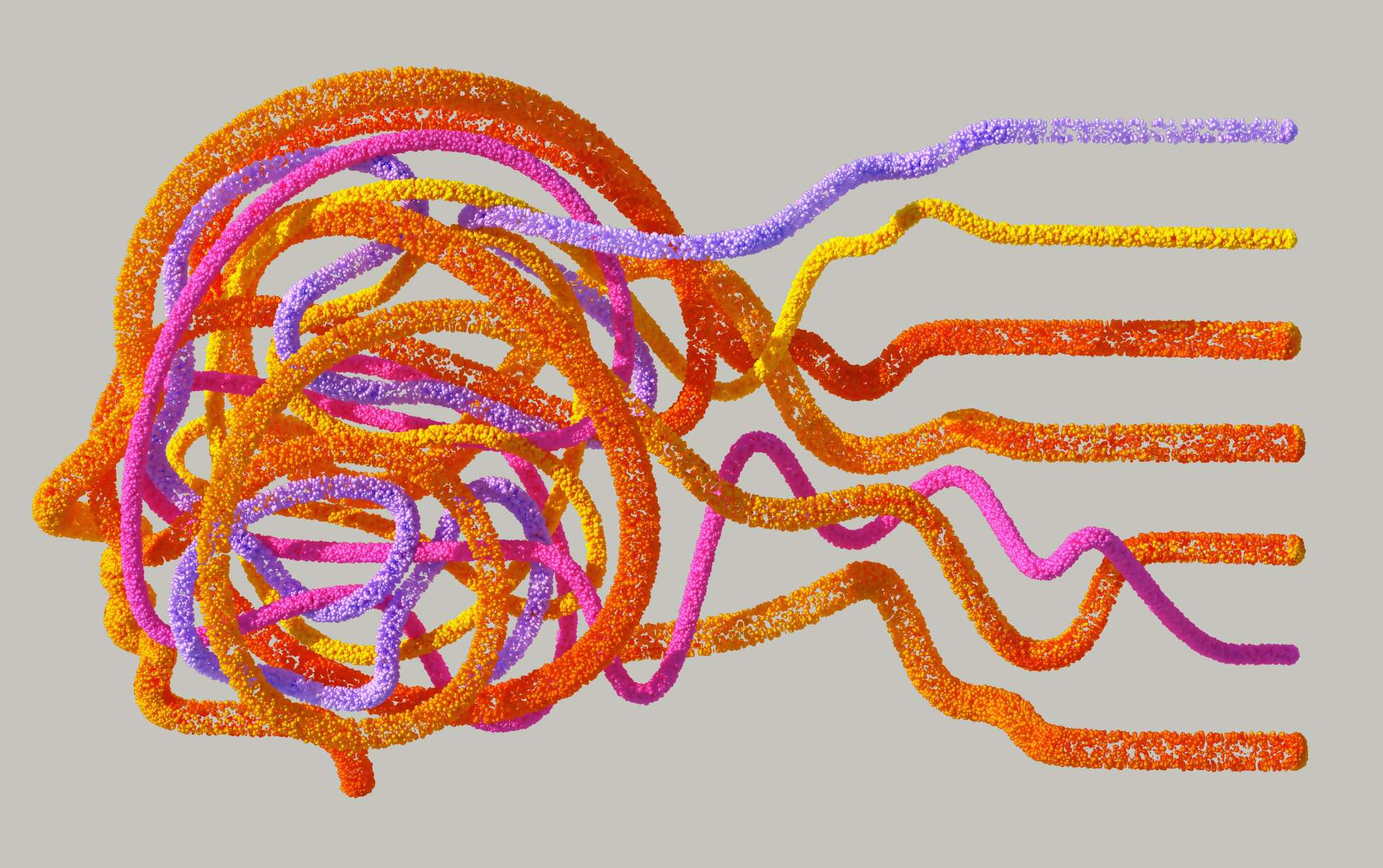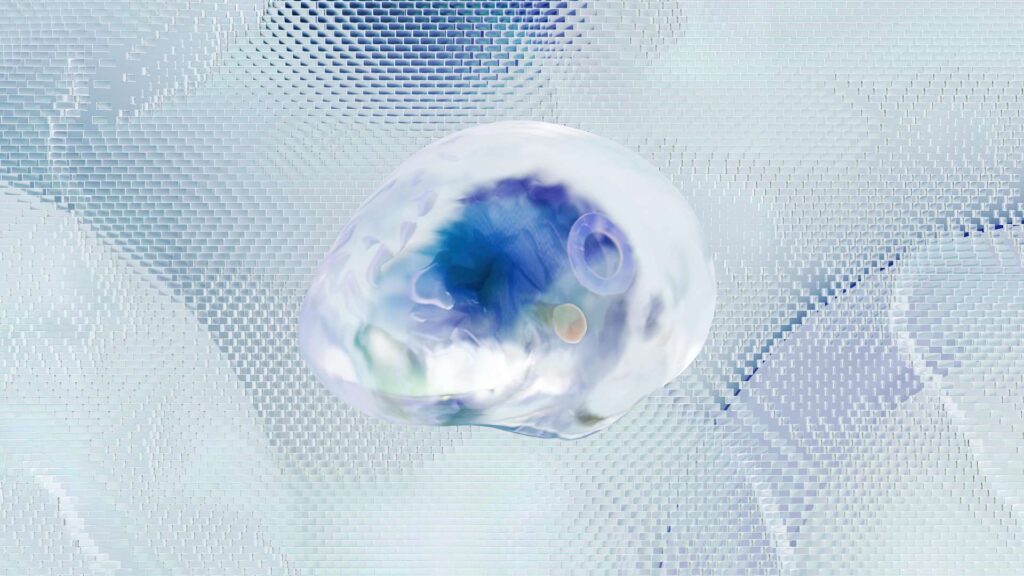
Discover what happens in your brain during anxiety—from amygdala hijacks to neurotransmitter imbalances—and science-backed ways to regain control.
Introduction: Anxiety as a Brain-Based Phenomenon
Anxiety isn’t just “in your head” – it’s a complex electrochemical process involving specific brain circuits, chemicals, and survival mechanisms. While anxiety feels psychological, every racing heart, intrusive thought, and panic attack originates from measurable neurological activity.
This breakdown explores:
🔬 The three core brain regions governing anxiety
⚡ How neurotransmitters amplify or calm anxiety
🧠 Why some brains are wired for worry
💡 Science-based ways to rewire an anxious brain
Understanding these mechanisms is the first step toward mastering anxiety – rather than letting it master you.

The Anxiety Triad: 3 Brain Regions in Overdrive
1. Amygdala: The Brain’s Alarm System
- Function: Detects threats and triggers fear responses
- Anxiety Link: Overactive in anxiety disorders, reacting to non-threats like social scrutiny or future worries as if they’re physical dangers
- PET Scan Evidence: Lights up 30% brighter in anxious individuals when viewing neutral faces
2. Prefrontal Cortex (PFC): The Brake Pedal
- Function: Regulates emotions, analyzes whether threats are real
- Anxiety Link: Weakened connectivity to amygdala in anxious people → impaired “calm down” signaling
- Key Finding: CBT strengthens PFC-amygdala pathways, improving emotional control
3. Hippocampus: The Memory Filter
- Function: Stores and contextualizes memories
- Anxiety Link: Trauma shrinks the hippocampus, causing overgeneralization of fear (“All dogs are dangerous because one barked”)
Neuroimaging Insight: Anxious brains show hyperactive amygdala-prefrontal circuits and reduced hippocampal volume compared to non-anxious brains.
Chemical Messengers: The Neurotransmitters Behind Anxiety
| Neurotransmitter | Role in Anxiety | How to Balance Naturally |
|---|---|---|
| GABA | The brain’s “brake fluid”; calms neural firing | Exercise, meditation, chamomile tea |
| Serotonin | Regulates mood and threat sensitivity | Sunlight, tryptophan-rich foods (turkey, eggs), SSRIs |
| Norepinephrine | Boosts alertness; excess causes panic symptoms | Deep breathing, reducing caffeine |
| Glutamate | The brain’s “gas pedal”; excites neurons | Magnesium supplements, yoga |
Key Imbalance: Anxious brains often show low GABA, high glutamate, and dysregulated serotonin – creating a perfect storm for persistent worry.

The Anxiety Feedback Loop: How the Brain Gets Stuck
- False Alarm: Amygdala misinterprets a thought/event as dangerous
- Body Reaction: Activates sympathetic nervous system (racing heart, sweating)
- Cognitive Distortion: Prefrontal cortex fails to rationalize the threat
- Memory Encoding: Hippocampus stores the event as “dangerous”
- Repeat: Future similar triggers spark faster, stronger reactions
Neuroplasticity Insight: Each anxiety episode strengthens these neural pathways, making the brain more prone to future anxiety – but this also means anxiety circuits can be weakened with targeted interventions.
Rewiring the Anxious Brain: Evidence-Based Strategies
1. Behavioral Therapies That Change Brain Structure
- CBT: Increases prefrontal cortex control over amygdala (visible on fMRI after 12 weeks)
- Exposure Therapy: Weakens fear pathways by safely triggering then extinguishing panic responses
2. Neurochemical Resets
- SSRIs/SNRIs: Boost serotonin/norepinephrine to improve mood regulation
- GABAergics: (For short-term use) Enhance natural calming mechanisms
3. Lifestyle Neurohacks
- Aerobic Exercise: Increases hippocampal volume by 2% in 6 months
- Mindfulness Meditation: Thickens prefrontal cortex after 8 weeks
- Omega-3s: Reduce neuroinflammation linked to anxiety
4. Emerging Neuromodulation
- TMS (Transcranial Magnetic Stimulation): Targets overactive fear circuits
- Neurofeedback: Trains patients to regulate amygdala activity in real-time

When the Brain Needs Professional Help
Seek a psychiatrist or neurologist if anxiety involves:
🔴 Physical symptoms (tremors, chronic muscle tension)
🔴 Cognitive impairment (memory lapses, inability to focus)
🔴 Neurological red flags (dizziness, numbness accompanying panic)
Diagnostic Tools:
- fMRI to assess amygdala hyperactivity
- Genetic testing for serotonin transporter (SERT) mutations
- qEEG to map abnormal brainwave patterns
Conclusion: Your Brain Is Not Your Destiny
While neuroscience reveals anxiety’s deep roots in brain biology, the same science proves the brain is changeable. Every therapy session, mindfulness practice, and healthy habit literally rewires anxious neural pathways toward calm.
📌 Call to Action: If anxiety feels hardwired, remember – neuroplasticity means your brain can learn new patterns. Consider consulting a neuropsychologist or psychiatrist for a brain-based treatment plan.
Sources & Further Reading:
- National Institute of Mental Health: Anxiety Neurobiology
- Harvard Medical School: Neuroplasticity and Anxiety
- “Rewire Your Anxious Brain” (Pittman & Karle) – A neuroscience-based CBT guide
The anxious brain is a powerful opponent – but with science as your guide, you hold the tools to outsmart it. 🧠⚡
Leave a Reply